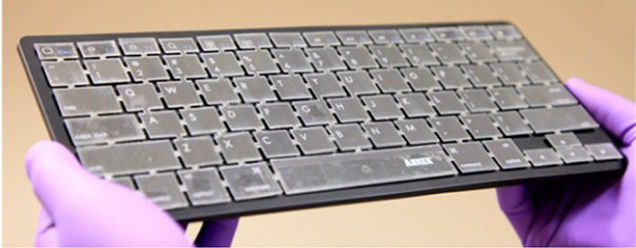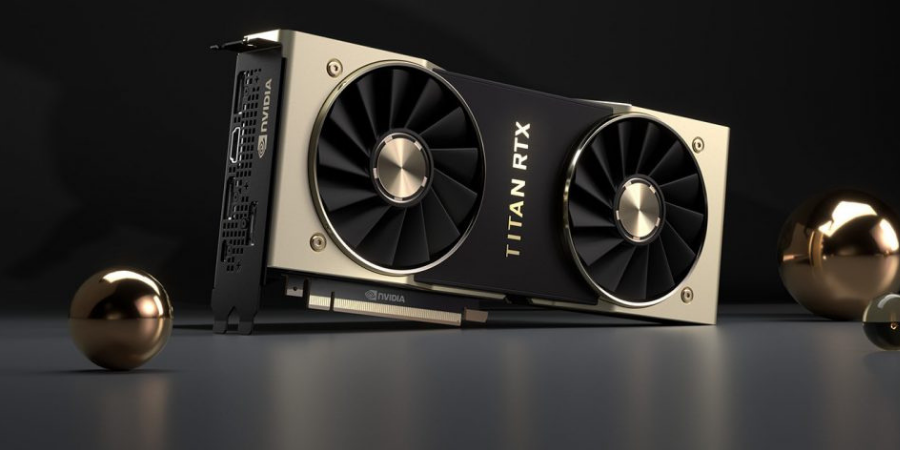This week, Microsoft shared its goals with MIT Technology Review and revealed its plans of storing data on strands of DNA within the next few years.
Microsoft even plans to have an operational storage system using DNA within a data center by the end of the decade.
The best and cheapest ways of storing data of this time are the magnetic tapes. It is rugged enough to hold information for up to 30 years. It can also hold as much as a terabyte of data per roll.
But the way users are generating data, magnetic tapes will become useless after next few decades. Users have generated more data in just past two years than in all of human history. With video content, this data is becoming larger every second.
To solve this data storage problem, Microsoft is considering the DNA to store the data. It can save large amounts of digital information in tiny space and the data will be clear for more than 70 years.
Last year, Microsoft also demonstrated its DNA data storage and saw encoded roughly 200 megabytes of data in the form of 100 literary classics in DNA’s four bases in a single process. But this process was costly and cost around US$800,000 using materials on the open market. The speed was also as slow as 400 bytes per second.
It means it needs more research to make it cheaper to become mainstream. The data transfer speed also needs lots of improvements because we have much higher transfer rates.
Recent researches from University of Washington and Columbia University got good success in encoding, storage, retrieval and decoding information. It also enables random access of any one of the data sets. Researches also got success in the retrieval of information from a density of 215 petabytes per gram of DNA. They also got success in achieving 85% of the theoretical limit. So, we can expect that DNA could become a form of data storage in coming years if it solves the cost and data transfer speed issues effectively.
What do you think about this? Let us know your views in comments.
Source: MIT Technology Review






